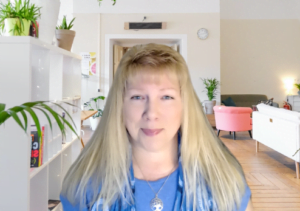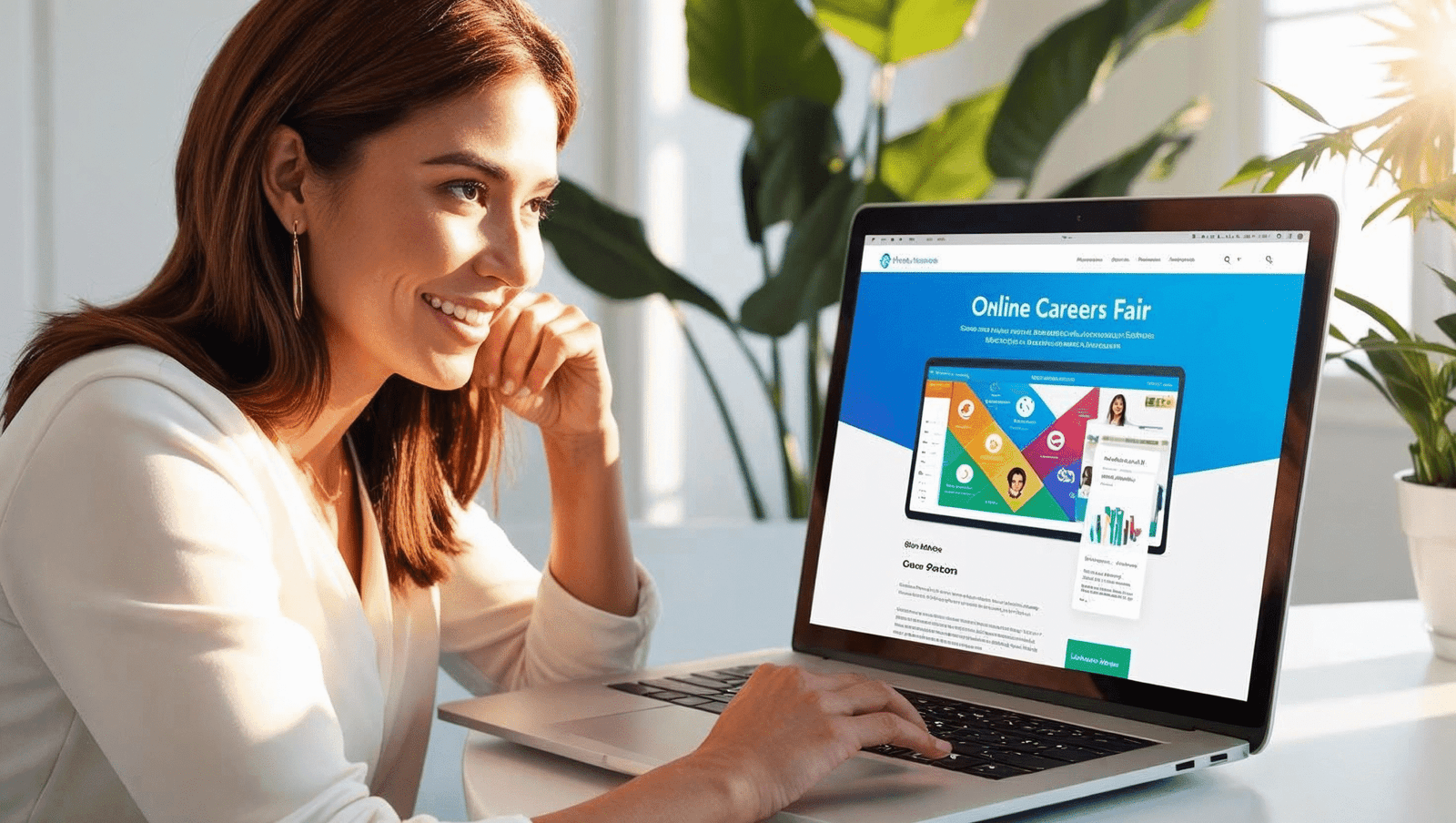What is LinkedIn?
With over 500 million people using LinkedIn globally, it’s become one of the most important networking tools for professionals. Using LinkedIn, and even more importantly, using LinkedIn effectively is essential if you want to advance your career.
Since its launch back in 2002, LinkedIn has grown into more than just a professional networking site. LinkedIn can be used for a variety of professional activities including:
- Publishing your CV/resume
- Connecting with other professional
- Searching for jobs and being headhunted for roles
- Building or joining an online community via the Groups feature
- Sharing content such as blog posts, articles, portfolio of work, videos and podcasts
- Creating a LinkedIn Page to promote your product, service or cause
- Learning via LinkedIn Learning (available for Premium accounts)
It’s free to set up and maintain a basic LinkedIn account. LinkedIn Premium offers additional features like online learning, insights and the ability to see who’s viewed your profile.
Are you using LinkedIn effectively?
Most of us have been guilty of joining LinkedIn, setting up a profile, making a few connections and not returning for months or even years.
A common response I get when I ask people if they’re on LinkedIn is:
“Oh yeah I am, I have a profile but it’s not up to date and I haven’t been on there for years.”
or
“I used to be on LinkedIn but I didn’t see the point of it so I deleted my account.”
The purpose of LinkedIn is to be used as a professional networking tool. But the thing is, if you are not using it to its full potential, it fails to be effective. That’s no fault of the tool itself, but of the user – you and me.
So what exactly should you be doing to make LinkedIn work for you?
Complete your LinkedIn profile
Firstly, you need to complete your profile. This is where many fall over at the first hurdle. There are a number of reasons for this. You might not know what to include, lack time or lack motivation, or perhaps you don’t feel confident in marketing yourself or ‘blowing your own trumpet’. Privacy can be a concern for some as they worry everyone will be able to view your personal information. Another barrier to completing your LinkedIn profile might be that you have a portfolio career and are unsure how to brand yourself.
Let’s overcome some of those obstacles. A good place to start to get ideas and inspiration is with your colleagues past and present. It’s likely they will have similar backgrounds, skills and experience to your own and you can gain some insight into how best to market yourself by looking at how well (or not so well!) they are branding and marketing themselves.
Remember that LinkedIn is a professional network, not a social network like Facebook or Instagram. You only share your professional life on LinkedIn which protects your personal privacy. The amount of information you share is totally up to you but you should never include your personal email address or mobile number or any other information you don’t want to be available publicly.
As for portfolio careerists who struggle to market themselves across two or more careers, there are strategies for this. While you can only have one profile on LinkedIn, you can ‘tell your story’ in your About section. Here, you can break your skill sets or areas of expertise into sections to tell a story about you.
When building your LinkedIn profile, keep in mind that your LinkedIn profile is not just a tool you can use to impress potential employers, it can also help you connect with fellow professionals as well as attract clients if you’re a freelancer or self-employed. Think carefully about all your different audiences and how you want to be perceived by them.
A side benefit to making looking at other profiles is that you can identify any knowledge, skills and experience gaps that need addressing. This makes LinkedIn a fantastic professional development tool too. Let’s say for example you notice that your colleagues or connections tend to have a certain qualification or certification that you don’t have. It might be worth considering if this is something that will benefit your career too.
Connect with others to grow your network
The second main purpose of using LinkedIn is to connect with others. Send connection requests to past and present co-workers, colleagues, tutors, mentors, clients etc. to grow your network. Those you are connected to directly will be 1st-degree connections, and their connections will become your 2nd-degree connections. By broadening your network you will expose yourself to a greater variety of professionals who may have the potential to help you in your career either now or in the future.
A word of warning though. It’s important to be aware of LinkedIn terms and conditions in that you should only send connection requests to those individuals you know. For example, you might attend a conference or webinar and ask if those you have met there are okay with connecting with you on LinkedIn. It’s recommended that you send a note with your connection request explaining how and why you’re connecting.
Join and engage with LinkedIn Groups
Thirdly, and perhaps most importantly in regards to enriching your career, is to identify and join Groups. You can easily search for groups to join by typing in relevant keywords in the search field and selecting Groups as the search criteria. If you are a psychologist for example, you’ll find thousands of groups across the globe whose focus is on various aspects of psychology from practitioner mentoring groups to groups that are set up to share ideas on particular psychology-related issues.
As well as joining groups, you should make an effort to interact with them. You can do this by liking posts, posting discussion topics or participating in discussions that others have posted in your groups. This is a great way to network and make new connections which will in turn widen your professional network. It will also help you maintain your industry knowledge and enable you to ask questions of other professionals in your field.
Summary
Without dedicating some time to completing your LinkedIn profile, you will struggle to get the most out of LinkedIn and get ahead in your career. By following the steps above, you should be able to build your LinkedIn profile, grow your network and leverage your profile to support your career goals.
I hope you’ve found this overview of using LinkedIn effectively helpful. Please feel free to comment in the comments section below if you have any questions or thoughts on what I’ve discussed here.

Lisa LaRue, MCareerDev, RCDP, MAC
Career & Executive Coach | Career Development Consultant | EMCC-Accredited Master Practitioner Coach (EIA) and Coach Supervisor (ESIA) and CDI-Registered Career Development Professional (RCDP) with over 20 years’ experience helping achieve successful and fulfilling careers. With a passion for human flourishing, Lisa is also a part-time doctoral researcher of flow, performance and wellbeing at work.






